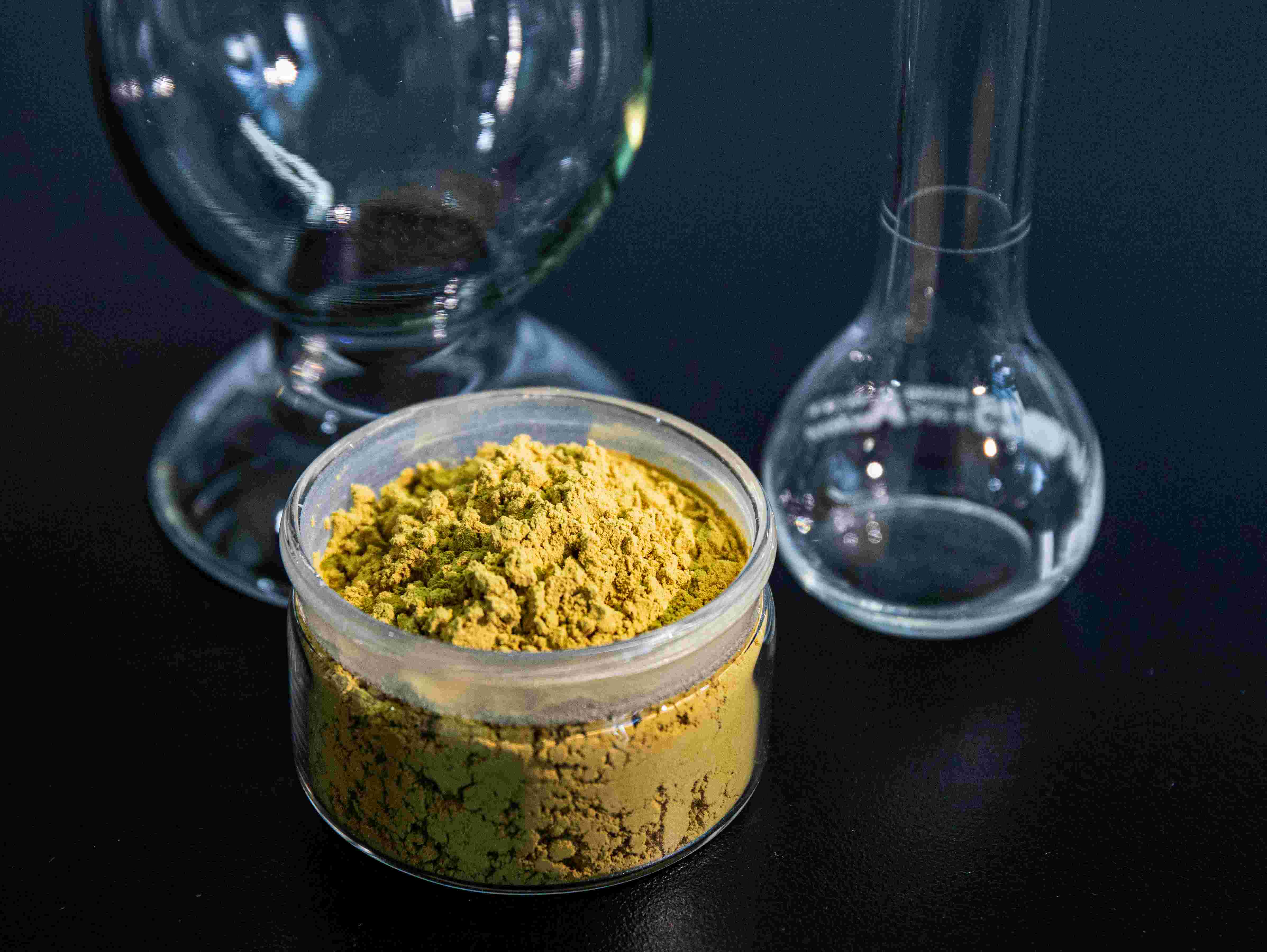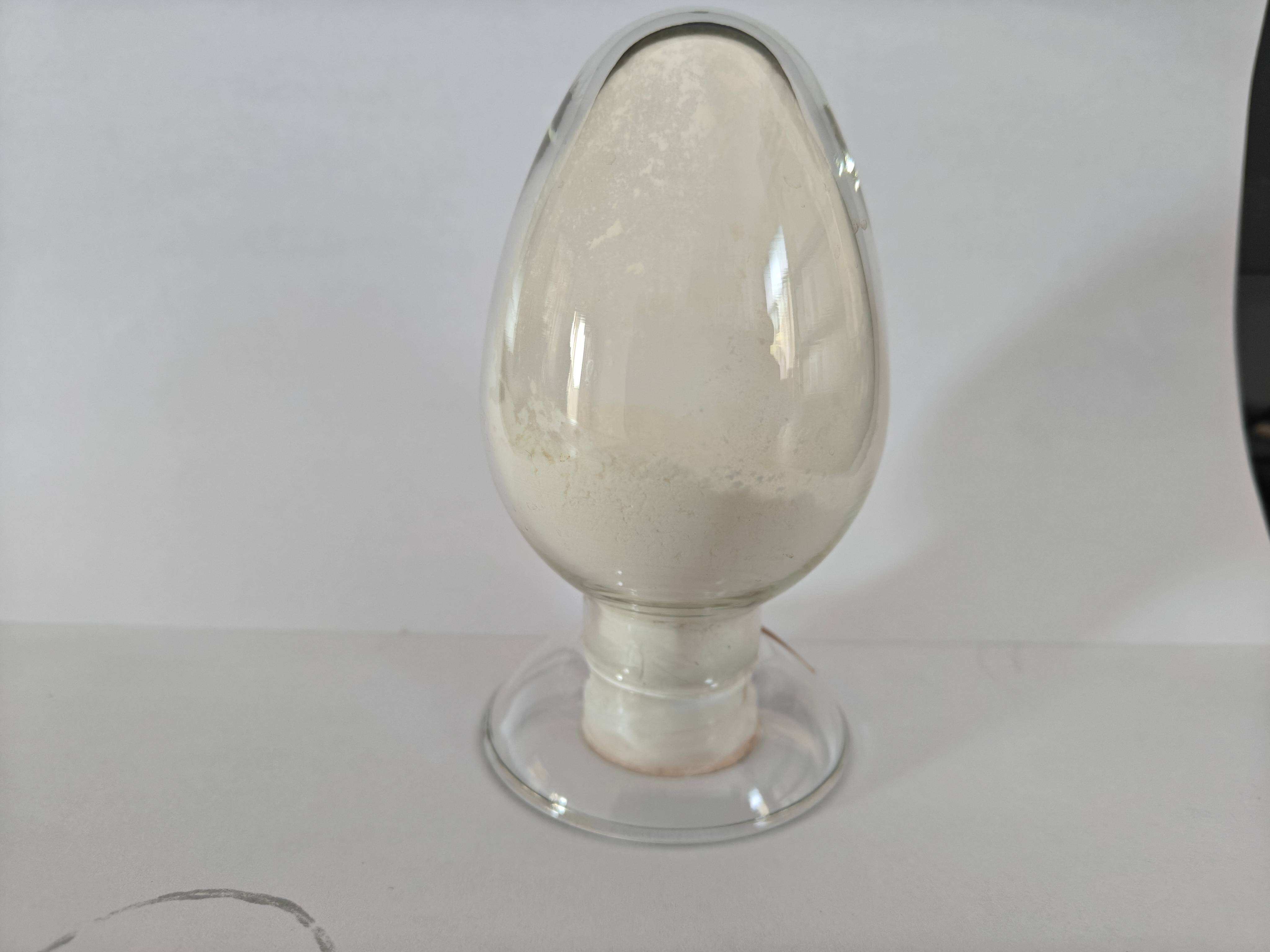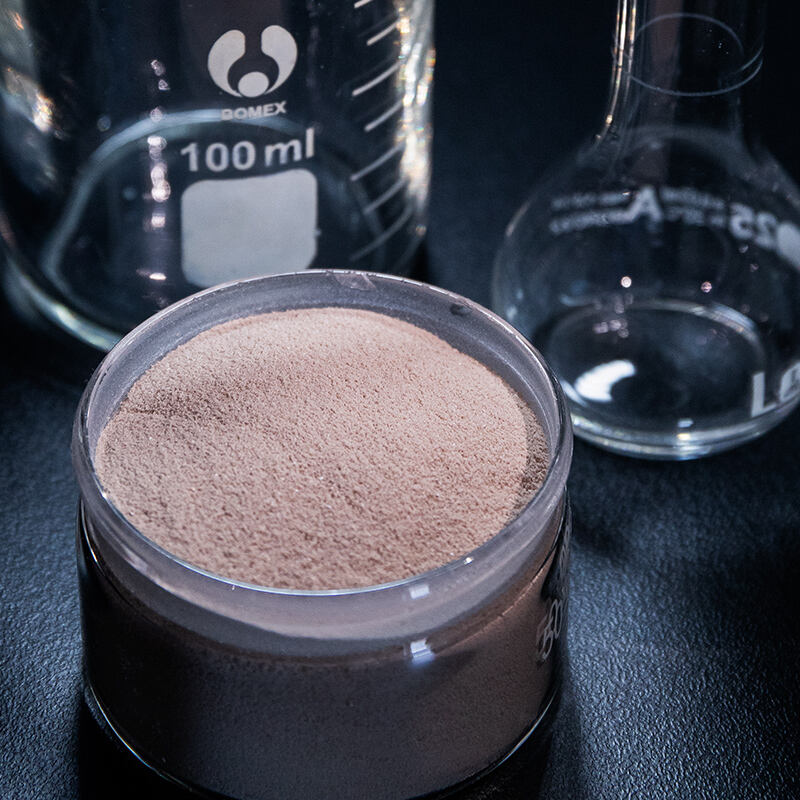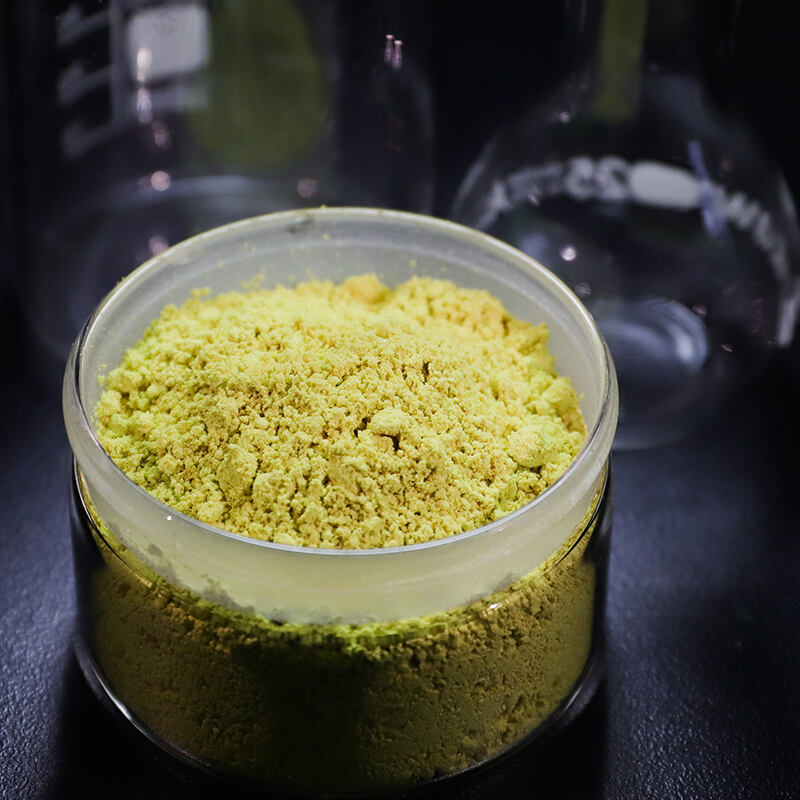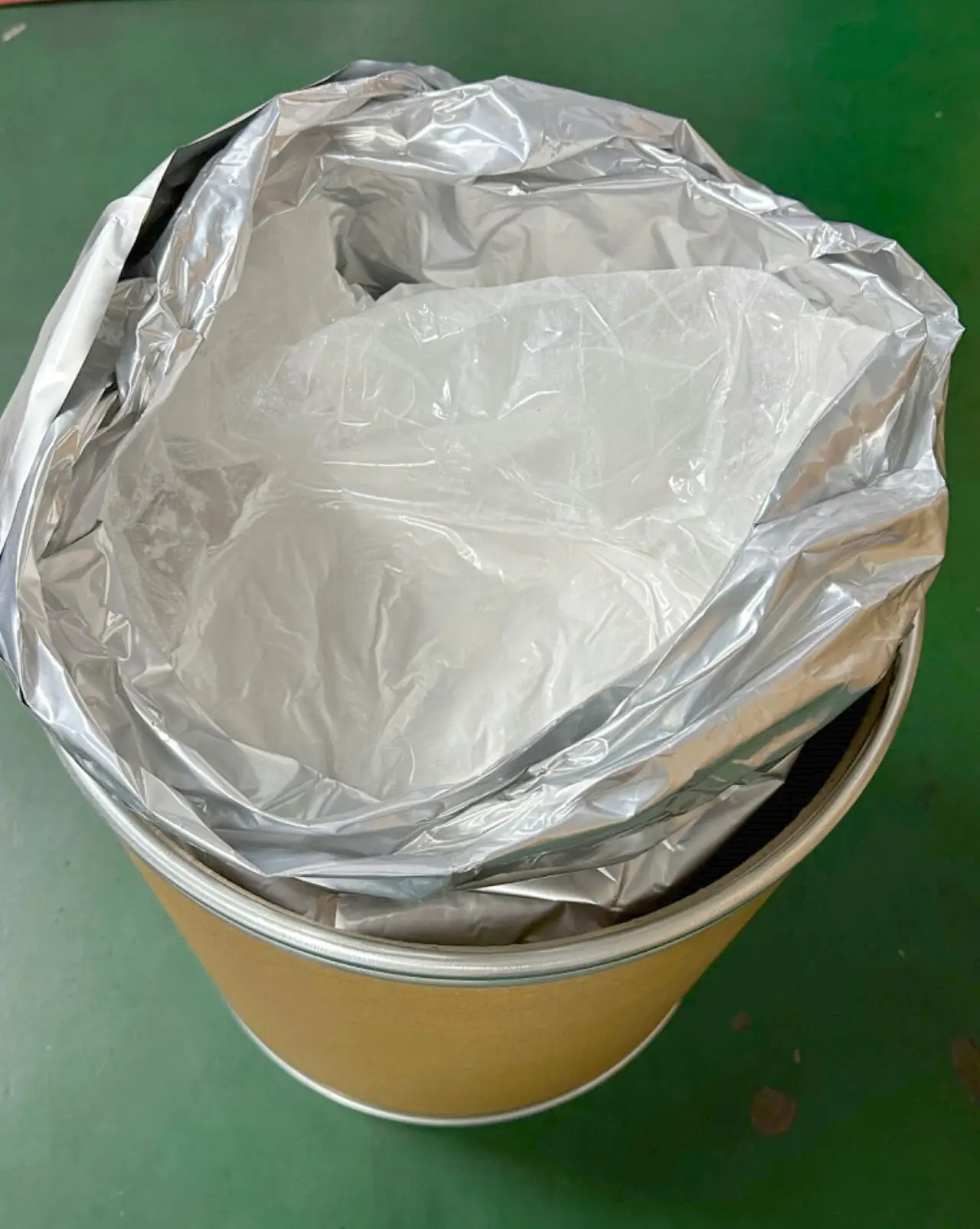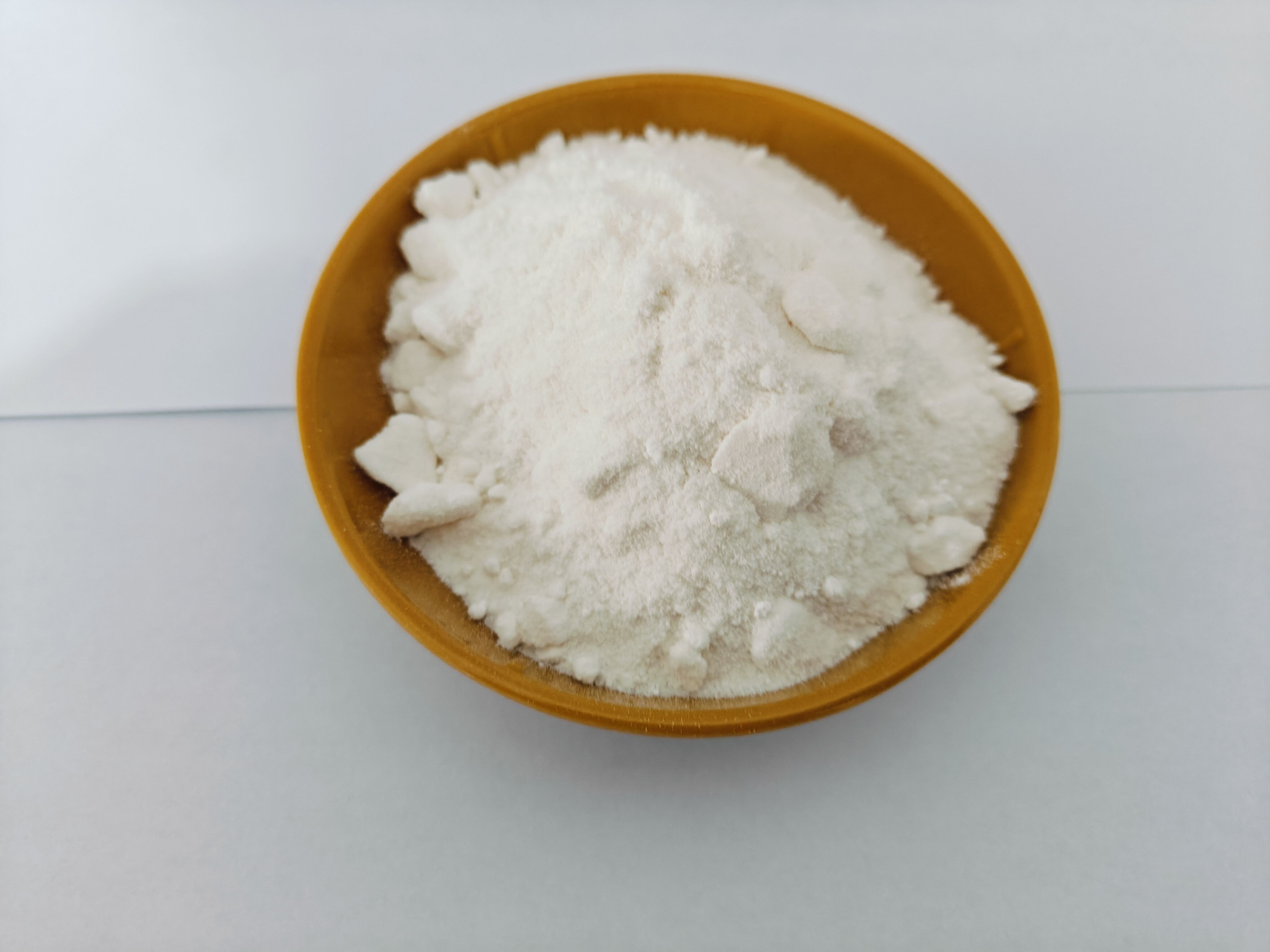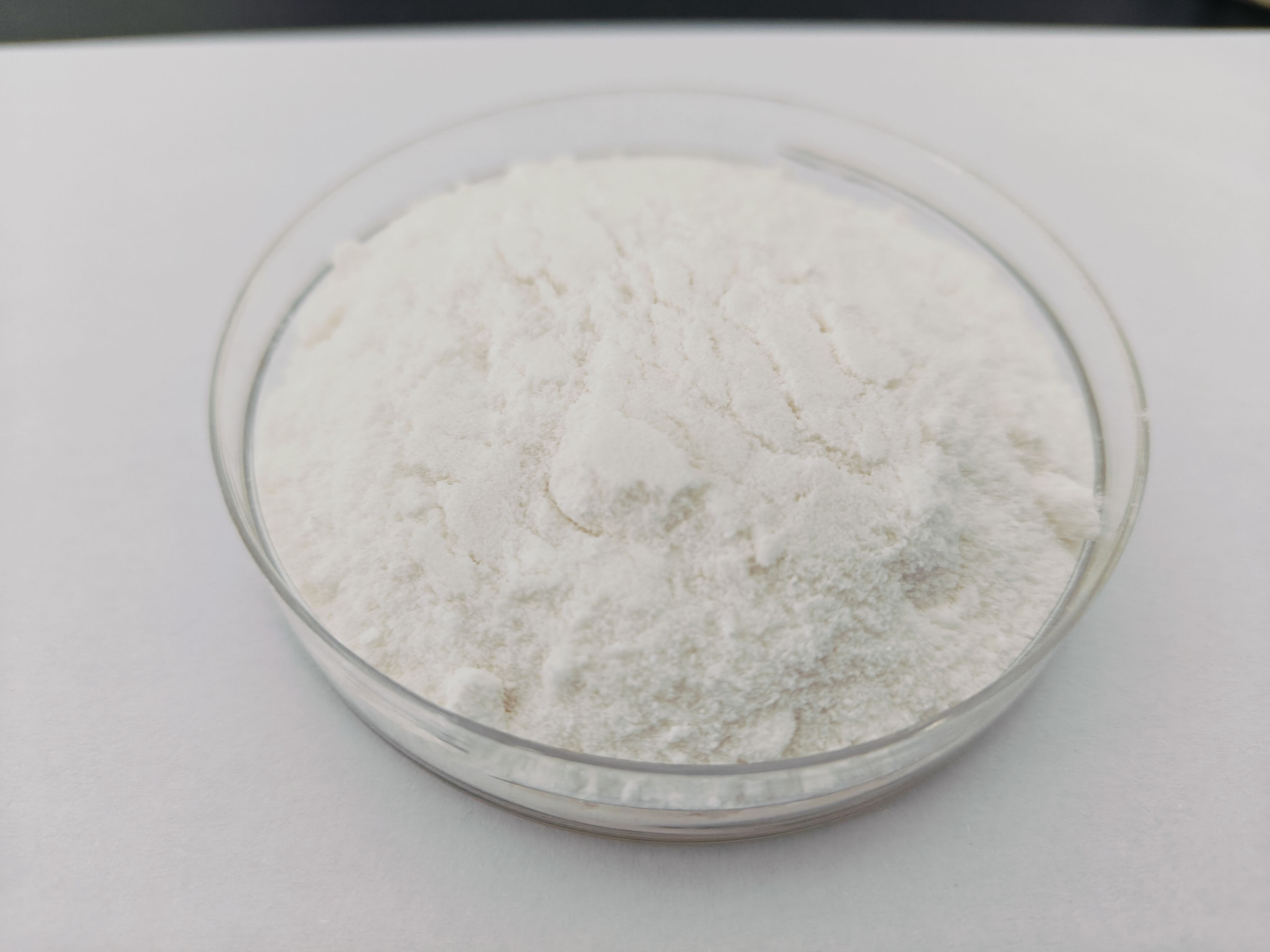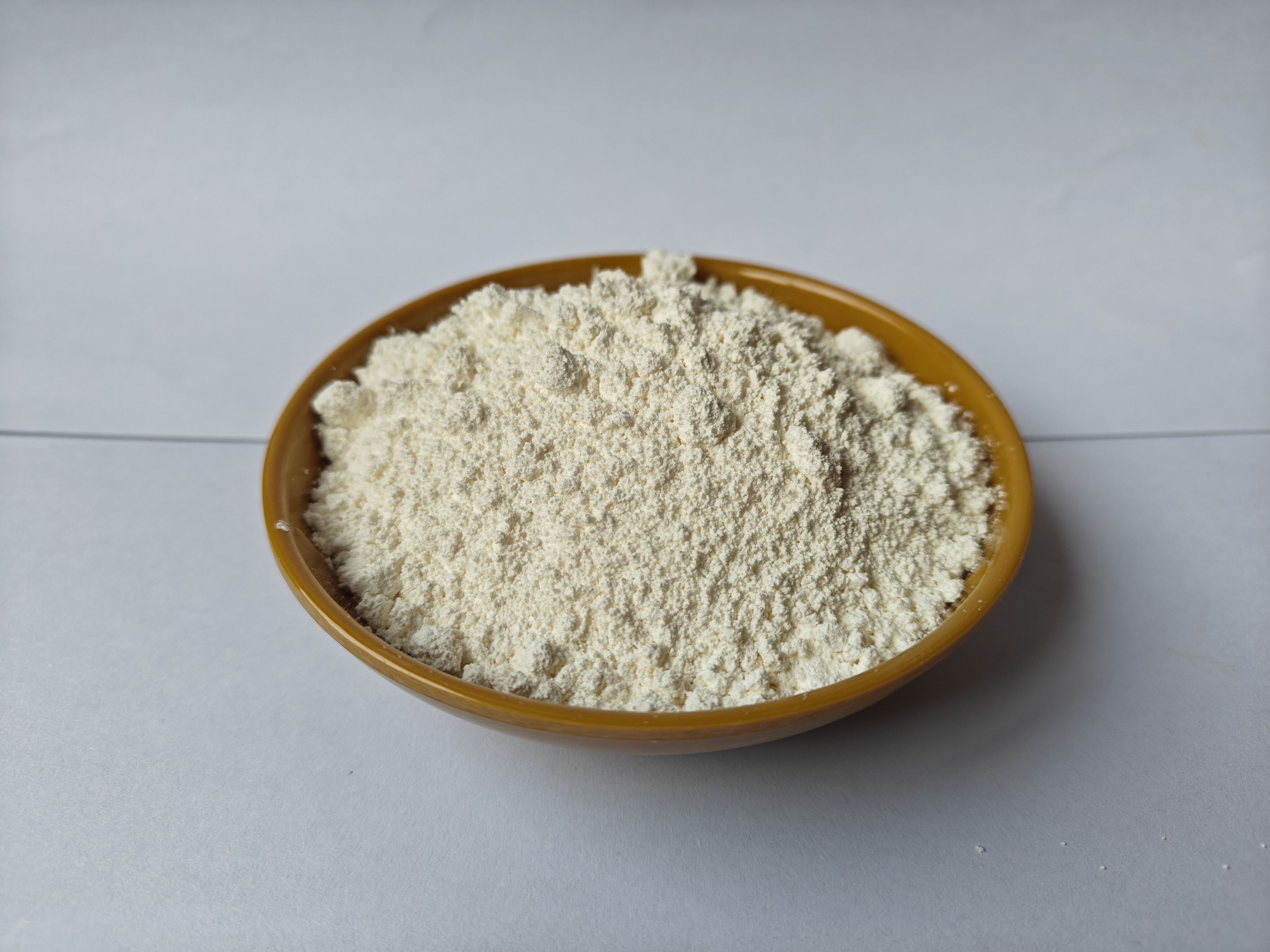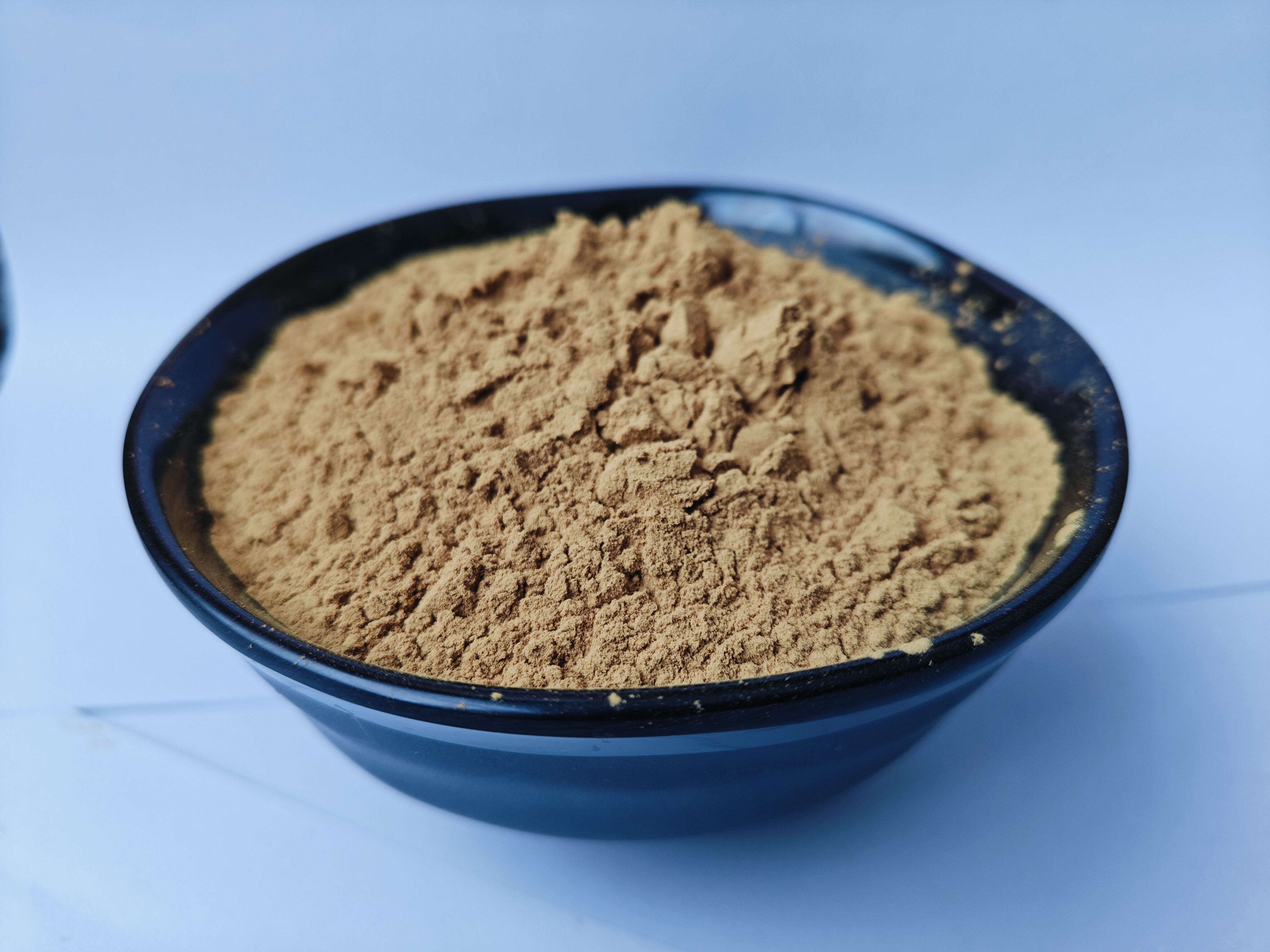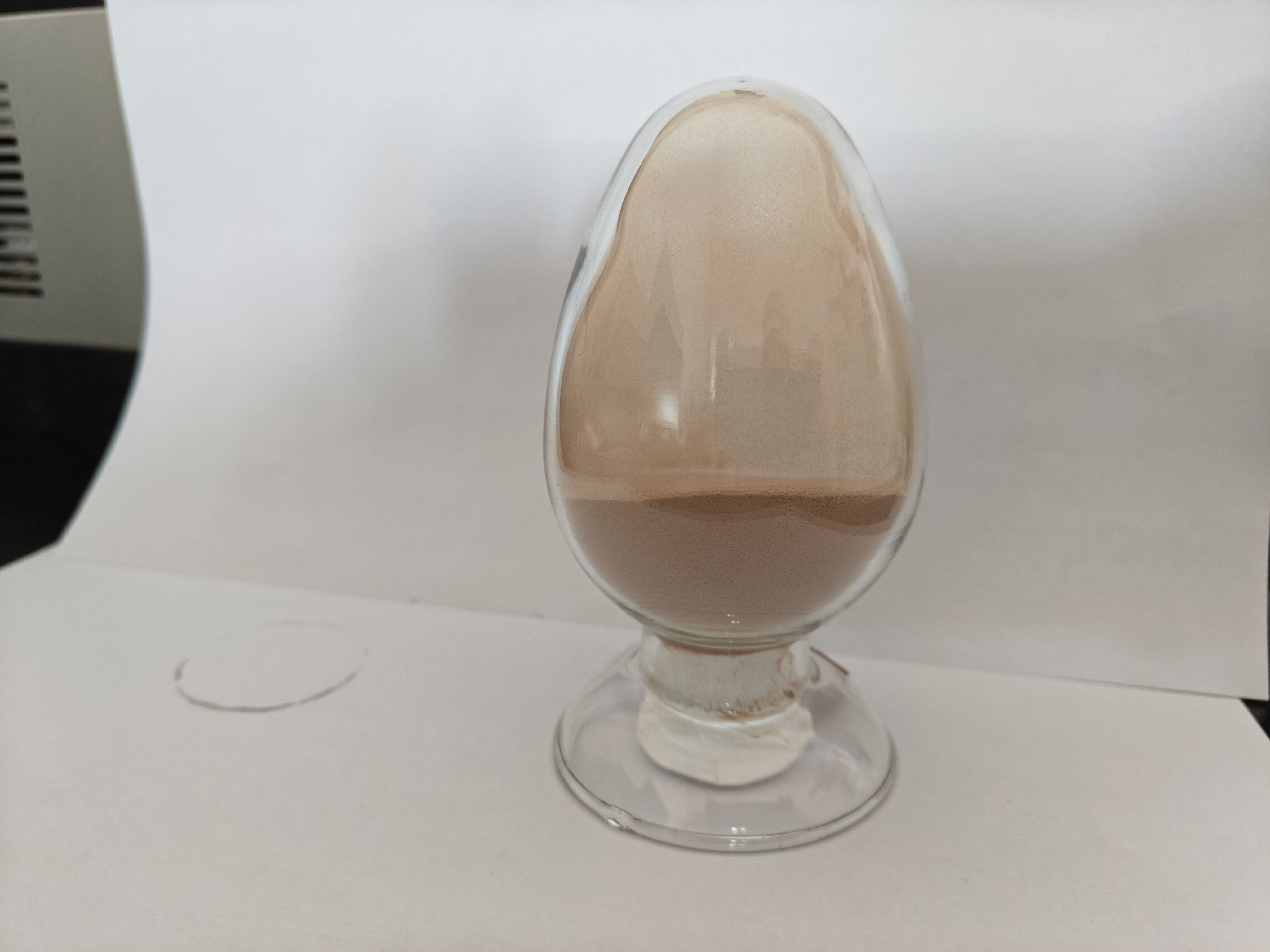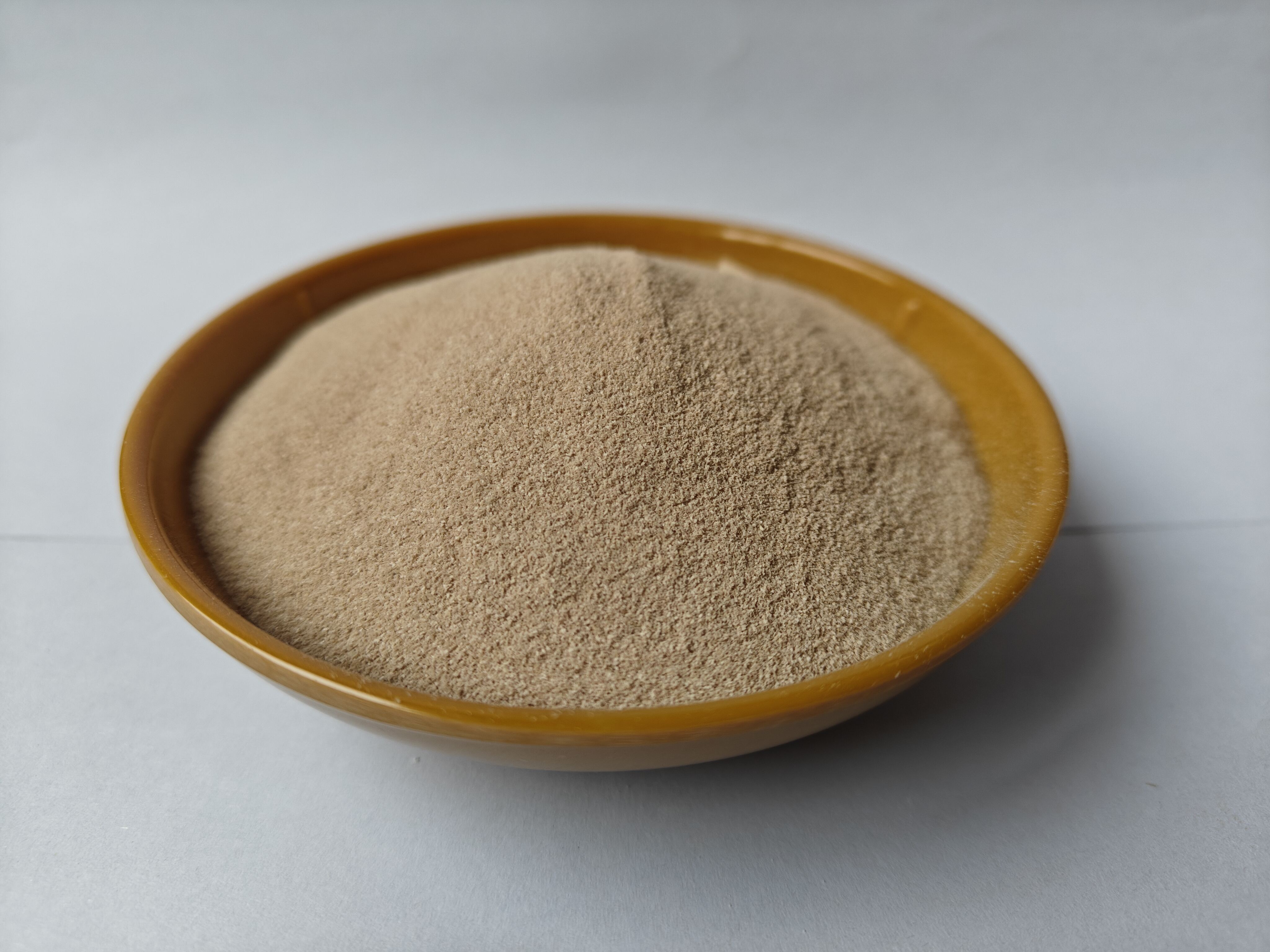теплові катализатори вилікування
Термічні катализатори витвердження — це спеціалізовані хімічні сполуки, які грають ключову роль у прискоренні та контролі реакцій перехресного зв'язування в термотвердних матеріалах. Ці катализатори є необхідними компонентами різних промислових процесів, особливо в полімерній хімії та застосуванні покриттів. Вони діють шляхом зниження енергії активації, необхідної для реакції витвердження, що дозволяє перетворення рідинних або напівтвердих матеріалів у міцні, тривимірні мережі при певних температурах. Технологія термічних катализаторів витвердження значно розвинулася, забезпечуючи точний контроль над кінетикою реакції та властивостями кінцевого продукту. Ці катализатори тщательно проектуються так, щоб залишатися неактивними при кімнатній температурі, але швидко активуватися при використанні попередньо заданих температурних діапазонів. Ця характеристика робить їх незамінними у виробничих процесах, де потрібне контролюване витвердження. Вони мають широке застосування в автофарбах, промислових грунтовках, порошкових покриттях, складових матеріалах та електронних компонентах. Гнучкість термічних катализаторів витвердження розповсюджується на різні типи хімії, включаючи епоксидні, поліуретанові та меламінові системи, що робить їх незамінними в сучасних виробничих процесах.

